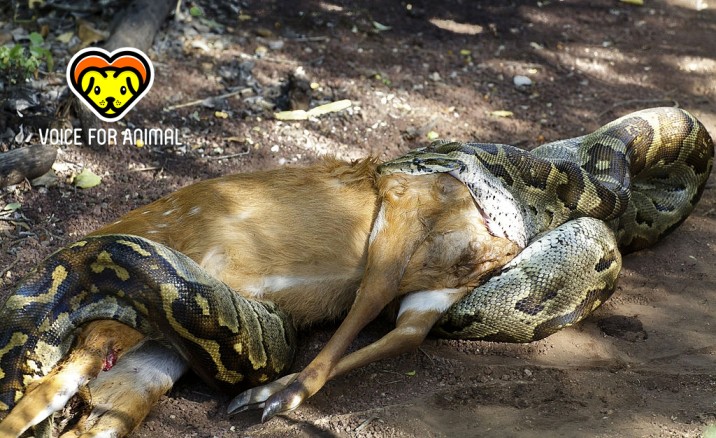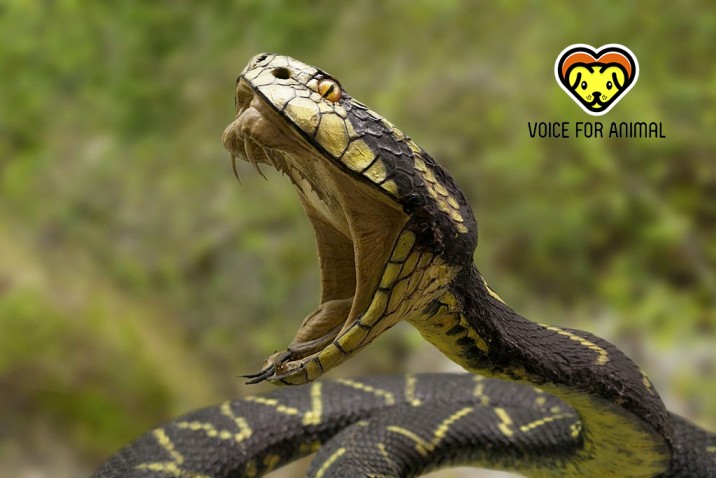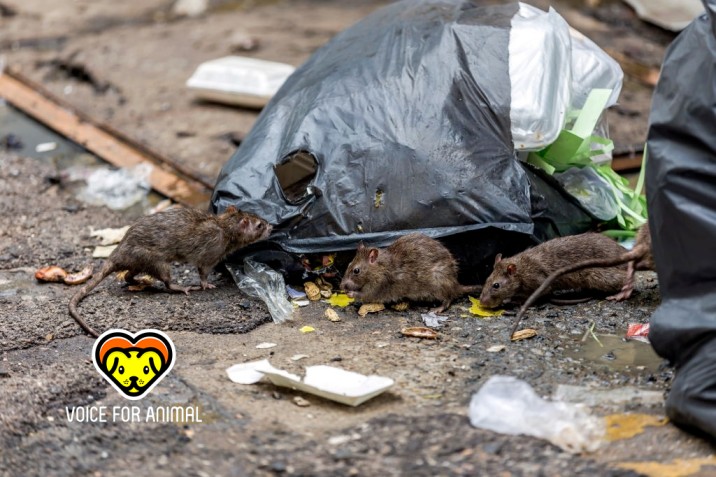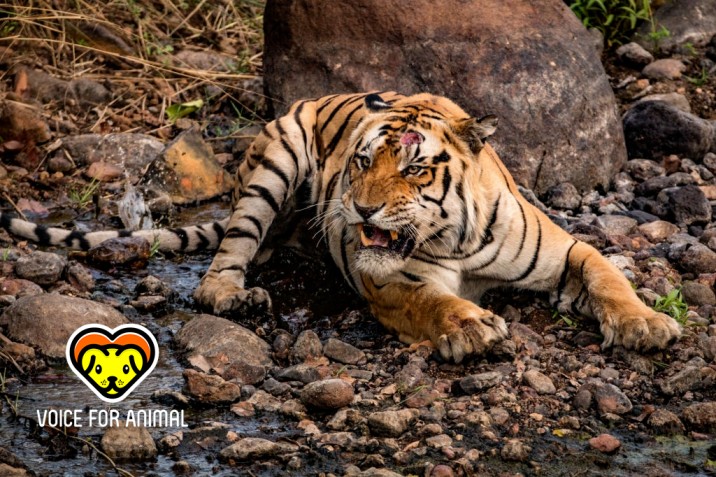When Animal Attack: Things you should know
For people who live in big cities, and who rarely see anything more frightening than a squirrel or a pigeon, it is easy to forget how fierce nature can be. Every year animals kill thousands of people around the world. Millions more are injured - but survive. People often go out into the wild for recreational activities, such as hiking, camping, mountain biking, or surfing. In addition, a growing global population means that our cities and towns are spread out into areas that were once wild. This brings humans and animals closer to each other. And the natural world can be a wild and dangerous place!
Only a few animal species, including lions, tigers, and sharks, hunt humans for food. Other large animals, such as hippos and elephants, also attack and kill people, but do not eat them. Small animals can be dangerous too! Snakes, scorpions, bees and even ants are all responsible for the deaths. Animals don't have to be wild to be dangerous - pet cats and dogs bite millions of people every year. Some animals kill people indirectly by spreading disease. When a tsetse fly bites people, it can transmit a disease known as "sleeping sickness." It kills thousands of people every year. A mosquito bite can be itchy and irritating, but it can also be fatal. The bite of an infected mosquito can transmit malaria or dengue fever, which kills hundreds of thousands of people every year.
Many animal attacks are considered self-defense and occur when the animals are surprised. Perhaps they were protecting their lands or their children. Animals have different ways of protecting themselves. Jellyfish and scorpions can sting, while snakes sting and kick horses. Attacks also occur when food is scarce. When an animal is hungry and desperate, it is more likely to take risks - including attacking humans.
Although animal attacks are often reported in the news, the risk of being killed by an animal is very, very low compared to the chances of dying from disease or in a car accident. Most people survive animal attacks. Read on to discover some of the most exciting stories of people who have escaped with their lives!
Moose Attack
Did you know that moose are killer? If not, you've never seen the wrath of one of these 1,800 lb (820 kg) beasts. All moose have hooves sharp enough to split skulls. Male moose are called cows. Moose can be up to 6 feet (1.8 meters) wide. Males stab their competitors with bony nails in their horns. Females can stand against grizzly bears and pack entire wolves to protect their young. You don't want to mess with moose!
Bull Shark Attack
Bull sharks have earned their reputation as the most dangerous sharks in the world. They are fierce predators. Teeth like sharp saw blades help in tearing large animals and have many rows of teeth. The teeth from the back rows move forward to replace those that are falling out or wearing out. Bull sharks live in the ocean, but they can also swim over rivers. Bad sharks attack dogs, people, and even horses in fresh water. People who swim in the shallow waters where the bull shark hunts are easy victims. Meeting a bull shark is not a day at the beach.
Snake Attack
Snakes are among the most terrifying animals in the world. The most dangerous snakes collide quickly with sharp fangs. These curved teeth drip poison that can kill in a matter of minutes. The fangs also help venomous snakes capture struggling prey. Restraints use a death grip on their victims. They wrap their bodies around the prey and then slowly suffocate it. Snakes can open their jaws wide to devour prey much larger than their heads. Some large snakes can swallow pigs or deer whole!
Very Venomous
• Beaked sea snake (off the coasts of Africa, Asia, Australia, and New Guinea)
• Black mamba (Africa)
• Boomslang (Africa)
• Cobra (Africa, Asia)
• Death adder (Australia, New Guinea)
• Eastern brown snake (Australia, New Guinea)
• Krait (Asia)
• Russell's viper (Asia)
• Taipan (Australia, New Guinea)
• Tiger snake (Australia)
The poison of the black mamba is powerful enough to kill anyone within 20 minutes. Without antivenoms, the black mamba's bite is often a death sentence.
Rat Attack
What if a mouse ran into your bed at night? It will probably give you the creeps. Did you know that a rat might try to eat you? Mice are known to attack people while they are sleeping. They nibble at meat with their sharp front teeth. They often infect their victims with fatal diseases. Mice can run off walls and race through wires. They can even climb through pipes and into your toilet! A female rat can give birth to more than 100 babies per year. Most rat attacks occur in places where rats can easily breed.
Tiger Attack
The tiger is the largest cat in the world. It may also be the deadliest. The tiger starts hunting when the sun goes down. He leaves his meal wandering close by. Then it releases its huge body on the prey. The tiger's claws, which are 4 inches (10 cm) in diameter, shred the flesh. His teeth sink deeply into the soft throat. This throat sometimes belongs to a human. A tiger can eat up to 60 pounds (27 kilograms) of meat at a time. A tiger's roar can be heard two miles (3.2 kilometers) away.
Bear Attack
Encountering a bear is a hiker's worst nightmare. Bears and polar bears are the scariest. These giant predators are very dangerous. Their jaws can crush a bowling ball. Their teeth and claws are made for cutting meat. They will chase you if you try to run. And they will catch you. Don't run from the grizzly. These huge bears can reach speeds of up to 40 miles (64 kilometers) per hour. The deadliest bears are mother bears. They will attack anything they think might harm their young.
Wild Dog Attack
If a wild dog attacks you, do not run. Instead, fight with all your might. Use whatever you have as a weapon. Pay close attention to the appearance of the animal. You may need to learn about it later. Stand on the ground and the dog will back off. Report the attack to save others from harm. Feeding wild dogs can cause them to lose their fear of humans. This makes them more vulnerable to attack. Wild dogs can be identified by markings on their feet, tails, and backs.















Leave a Comment